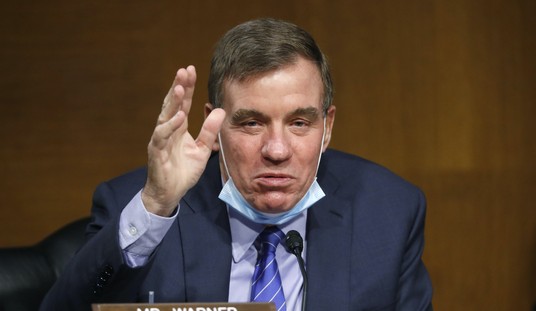Under the Trump administration, the IRS is shrinking—and that’s welcome news for hardworking Americans tired of bureaucratic overreach. In a significant reversal of Biden-era expansion, the agency’s workforce has been slashed by 25 percent, resulting in the loss of roughly 26,000 employees. This dramatic reduction signals a long-overdue shift away from the heavy-handed enforcement tactics that targeted middle-class taxpayers and small businesses.
According to a recent snapshot report, the Trump administration is actively working to shrink the federal workforce, with the IRS leading the charge. To facilitate this reduction, the agency implemented Deferred Resignation Programs (DRP), allowing employees to resign while continuing to receive pay through September 30, 2025, or longer if retiring between October 1 and December 31. In addition, the IRS offered Voluntary Early Retirement Authority (VERA) and Voluntary Separation Incentive Payments (VSIP) to encourage staff departures.
In April 2025, the agency escalated efforts with formal Reduction in Force (RIF) actions. According to internal records, 25,386 employees either separated from service, accepted a DRP, or left through other incentive programs. Another 294 received termination notices due to RIF measures. Among those exiting were approximately 4,600 employees who took the January buyout and 17,000 who opted for early retirement—alongside thousands more through various departures.
The report states that Information technology will lose 23 percent of its workforce, while the management and analysis division is set to shed 28 percent of its staff.
Since January 2025, the IRS has taken steps to reduce the size of its workforce in compliancewith the President’s executive orders and Office of Personnel Management (OPM) guidance.Employees were encouraged to take deferred resignation program (DRP) offers or otherincentives to separate and avoid possible Reduction in Force (RIF) actions.According to the IRS, in February and March 2025, 7,315 probationary employees receivedtermination notices. Court challenges resulted in California and Maryland federal courts rulingthat federal probationary employees needed to be reinstated in March 2025. The effects ofthose rulings were paused by higher courts, including the U.S. Supreme Court. However, inMay 2025, IRS and Treasury Department leadership decided to return all probationaryemployees to full work status by May 23, 2025.In July 2025, the U.S. Supreme Court lifted the federal court’s prohibition on covered agenciesimplementing Agency RIF and Reorganization Plans and issuing or executing RIF notices.
The downsizing is part of a larger effort led by the Department of Government Efficiency (DOGE), under Elon Musk’s oversight, to streamline federal agencies and rein in government spending. The Trump administration’s budget proposal for the coming fiscal year calls for a 20 percent cut to IRS funding. When combined with the removal of supplemental funds from the Inflation Reduction Act, this results in a 37 percent overall budget reduction compared to the previous year. Such a significant funding cut is likely to deepen current challenges and could limit the IRS’s ability to serve taxpayers and fulfill its federal responsibilities effectively.


